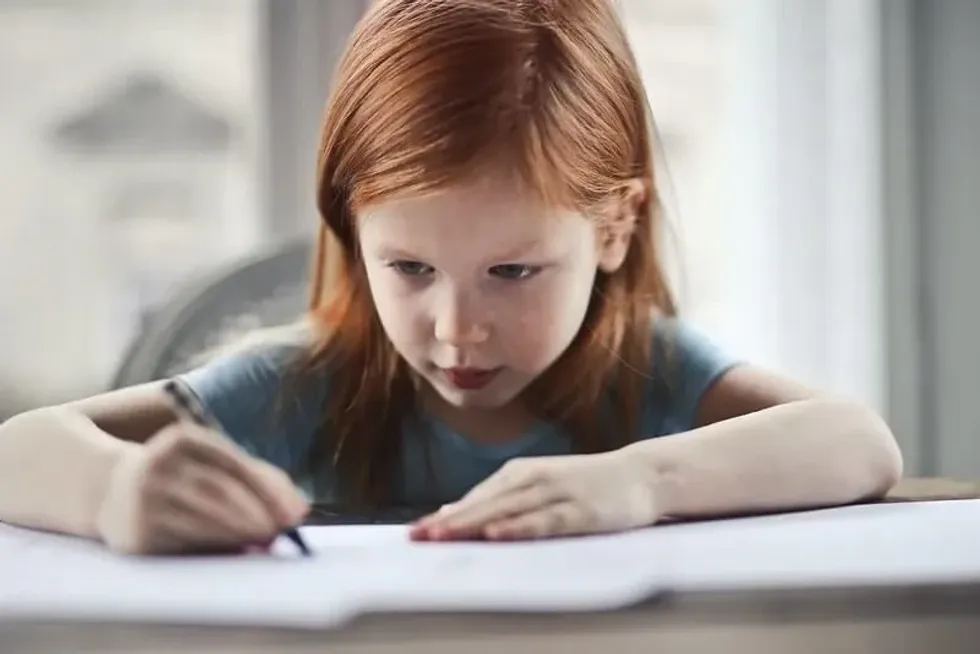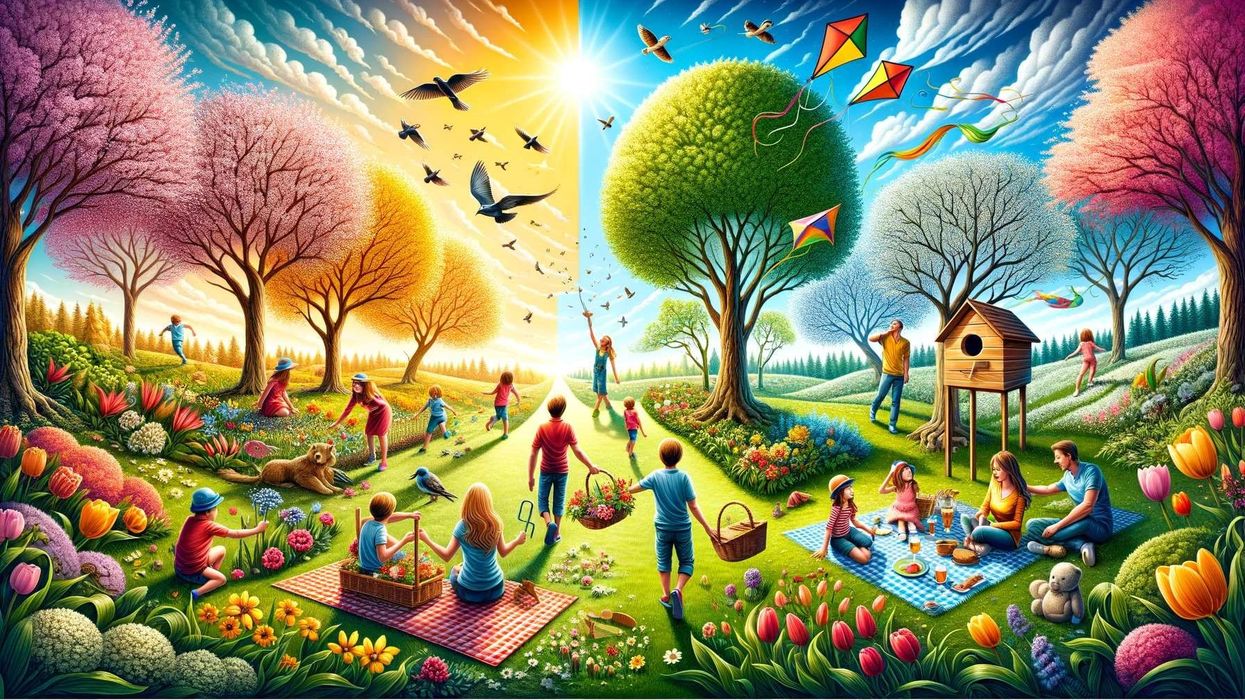A split digraph might sound like something that comes out of the back of your TV, but, in fact, it's a key part of the KS2 English curriculum for your primary school-aged children, especially in Year 1 and Year 2.
If you want to help support their phonics learning without pretending that you know what you're talking about, here's everything you need to understand about split digraphs. Our free primary school online learning guide will turn you into a phonics pro in no time...
What Are Digraphs?
A digraph is a combination of two letters in a row in a word. So, this could mean two vowels in a row or two consonants in a row.
Some examples of vowel digraphs are: 'ai' (as in nail), 'oa' (as in goat) and 'ee' (as in been). Examples of consonant digraphs are 'ch' (as in chat), 'sh' (as in shoe), 'th' (as in theatre) and so on.
Digraphs only make one sound, unlike blends, which make two sounds eg 'st' in 'star'.
What Is A Split Digraph?

A split digraph is a vowel digraph that is split by a consonant, something your children will learn during their phonics lessons at school.
It might sound a little complicated or scary when you first hear such a technical-sounding phrase (for both parents and children). But it's actually pretty straightforward once you know the rules.
There are five split digraphs that you and your children need to know about. These are:
'a–e', 'e–e', 'i–e', 'o–e' and 'u–e'.
Remember that the – (dash) represents a consonant in all of the above.
You've probably already noticed the crucial link between this series: they all end in the letter 'e'. For this reason, some people also refer to split digraph words as having a 'magic e', or a 'silent e', on the end.
This a common spelling pattern that kids, and their parents, will need to get their heads around. The 'magic e' changes how a word is pronounced, and the sound of the vowels in the middle of the words, so it's important that children understand them.
Crucially, the magic e creates a 'long vowel' sound in the middle of a word.
So for example the word 'cap' becomes 'cape' and the sound of the 'a' changes in the process. 'Huge' becomes 'huge'. 'Man' turns into 'mane'. 'Pin' turns into 'pine'. 'Them' turns into 'theme'.
In general, the 'magic e' means that the vowel sound becomes longer and softer.
Examples Of Split Digraph Words
Here are some examples that you can give to your Year 1 and Year 2 children to help them learn just what a split digraph is, and the concept of a 'magic e'.
'a–e' words:
Cake, make, plate, take, lake, name, plane, mane, bake, late, safe, care
'e–e' words
These are less common split digraphs, but some examples include:
these, theme, complete, delete, concrete
Note that the split digraph makes up part of a word in some of these examples.
'i–e' words
This changes the 'i' sound into one that resembles the name of the letter.
Time, lime, line, write, file, bike, kite, life, ride
'o–e' words
Notice with these words that the o vowel sound is usually long, but sometimes the 'o' sound can be shorter, as in 'l-ove', or longer as in 'l-one'.
come, bone, phone, woke, poke, love, dove
'u–e' words
Rule, tube, huge, pure, tune, flute, cute
When Are Children Taught The Split Digraphs Rule?

Children usually learn about split digraphs as part of the phonics KS1 curriculum in Year 1 and Year 2.
Why are children taught this rule? It's to help them understand how to spell, write, read and pronounce tricky words, and that vowel sounds can alter according to the letters that surround them. It moves them on from their early phonics lessons where they learned the alphabet and the basic sounds each letter makes.
They are taught by their primary school teacher, as part of Phase 5 of their KS1 lessons in Year 1 and Year 2, but it's important to understand these topics in KS2 as the concepts will still be in use.
Free Games To Try

Try the following with your children. Write out some words that can easily change into split digraphs on some pieces of card (the back of a cereal packet will do), so it's a free resource.
For example, car, rat, pin, tub, them, hug.
Then cut out some letter 'e's to put on the end.
Now, use them as part of a learning game. Ask your child to take one word at a time, and make a new one. Talk about the new spelling, the new sounds and the new meaning of the word, eg when 'car' turns into 'care', or 'mat' turns into 'mate' and so on.
This will teach them about new words, as well as the rules they need to understand. It will also help to expand their vocabulary.











